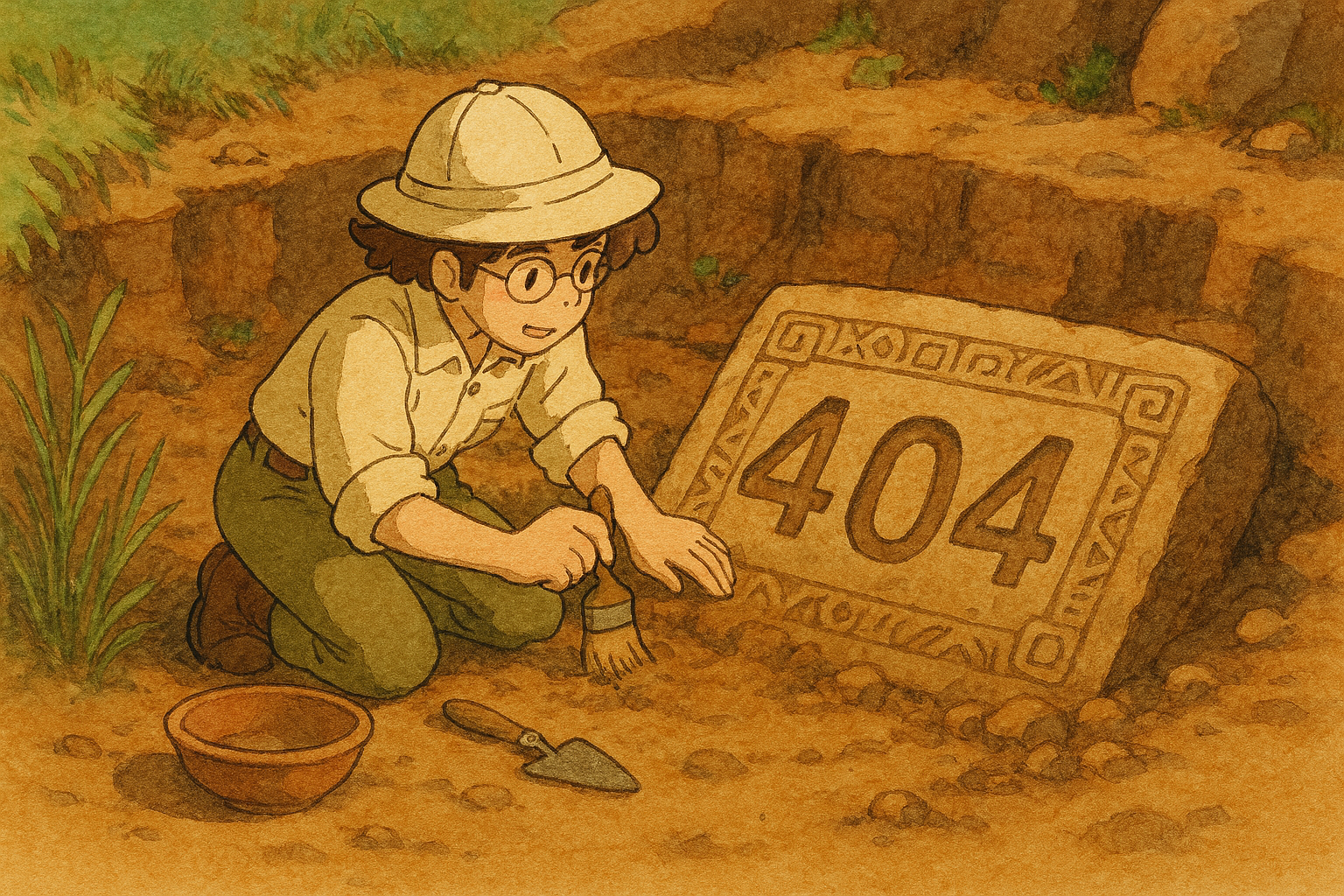It has been close to two weeks since I left MSU’s Institute for Digital Archaeology Method & Practice, and my mind is still on information overload from all the tools, techniques, and new technologies I acquired while attending it. My name is Stacey Camp and I currently serve a dual role at the University of Idaho; I am a director of one of three state archaeological repositories in Idaho (the “Alfred W. Bowers Laboratory of Anthropology”), and I also am an Associate Professor of Anthropology. This institute helped me “recharge” my batteries since undergoing a number of substantial academic transitions since late 2013, which include taking over the directorship of the lab in late fall 2013, receiving tenure in the summer of 2013, and taking a sabbatical during the fall 2014. These transitions have made me seek out alternative ways of communicating and disseminating archaeological knowledge, which is why I was very excited to hear that I was accepted into this NEH institute.
Technology and Archaeological Work
I have always been intrigued by the confluence of technology and archaeology. I am especially interested in how technology can tease out new interpretations of data as well as how it can be utilized as a tool for public outreach. As a graduate student at Stanford, I took coursework on GIS and learned how to use GIS to do predictive modeling on archaeological sites. I also designed and coded a website on my doctoral research. During my sabbatical last year, I started to take my work in new directions by exploring how virtual and augmented worlds can be used as a way of engaging others in the process of archaeological interpretation. I am heading on my second year of coursework in the University of Idaho’s Virtual Technology and Design program, and am working on a prototype of an interactive virtual world on WWII internment with a team of designers as I write.
Project Development Challenges
Despite having some knowledge of the different ways technology can be applied to archaeological work, this institute made me aware of the very diverse, broad spectrum of technologies that exist. Perhaps the hardest thing about learning about new ways of conducting archaeological work was figuring out what I should do for my institute project. Like most archaeologists and directors of museums and archaeological repositories, I have so many projects and to-do lists on my desk (well, actually on my Trello to-do lists!). Where should I start? What are our priorities as a state repository? What absolutely needs to be communicated, and what can wait? What can lighten our sometimes burdensome workload? These thoughts ran through my mind as I sat through the first day of the institute. I came with a plan to develop a mobile-friendly website highlighting one of our particularly unique archaeological collections, and that immediately changed once I made it through the first week of the institute. I realized that I needed to prioritize disseminating information about our archaeological repository’s holdings.
Repository Mission and Public Outreach
One of the biggest challenges we face as a repository is managing our diverse workload and numerous publics. We put a lot of time into outreach, in particular, which is part of our lab’s mission as a state repository. “Public outreach” involves giving tours to university students, faculty, administrators, and staff, developing an annual interactive exhibit at our local Latah County Fair, hosting open houses at our lab, and coordinating an annual event for Idaho Archaeology Month in May. Here is a sample of our legislation that articulates this role:

Digital Project Components
My project for MSU’s Institute for Digital Archaeology Method & Practice is therefore going to consist of two components:
-
Interactive Repository Map: A website that displays the northern counties that our repository encompasses and the collections associated with each county (with permission from collection owners when necessary)
-
Mobile-Friendly Virtual Tour: A mobile-friendly website that would allow visitors to tour some of our showcase collections in the repository
Both components of our project will also free up my time and my employees’ time. We answer emails and phone calls regarding the extent of our holdings, and frequently give tours of our lab to campus administrators, students, faculty, and classes. An interactive map that provides links to our holdings as well as an interactive online tour of our facility and some of its collections will not replace us, but will rather augment and add to the valuable work we do for our state, collection owners, and region.
Technical Learning Journey
Although I coded as a teen (back when we had Apple IIes!) and authored some websites in high school, college, and graduate school, I haven’t experimented with JavaScript and jQuery. This project is taking me out of my technological comfort zone, but I know it will be a valuable experience that I can draw upon for future lab and research projects as well as for course instruction. I have a stack of coding books being delivered to my office tomorrow, and I am looking forward to diving in and learning how to code these projects from scratch (and with the help of our project mentors!).